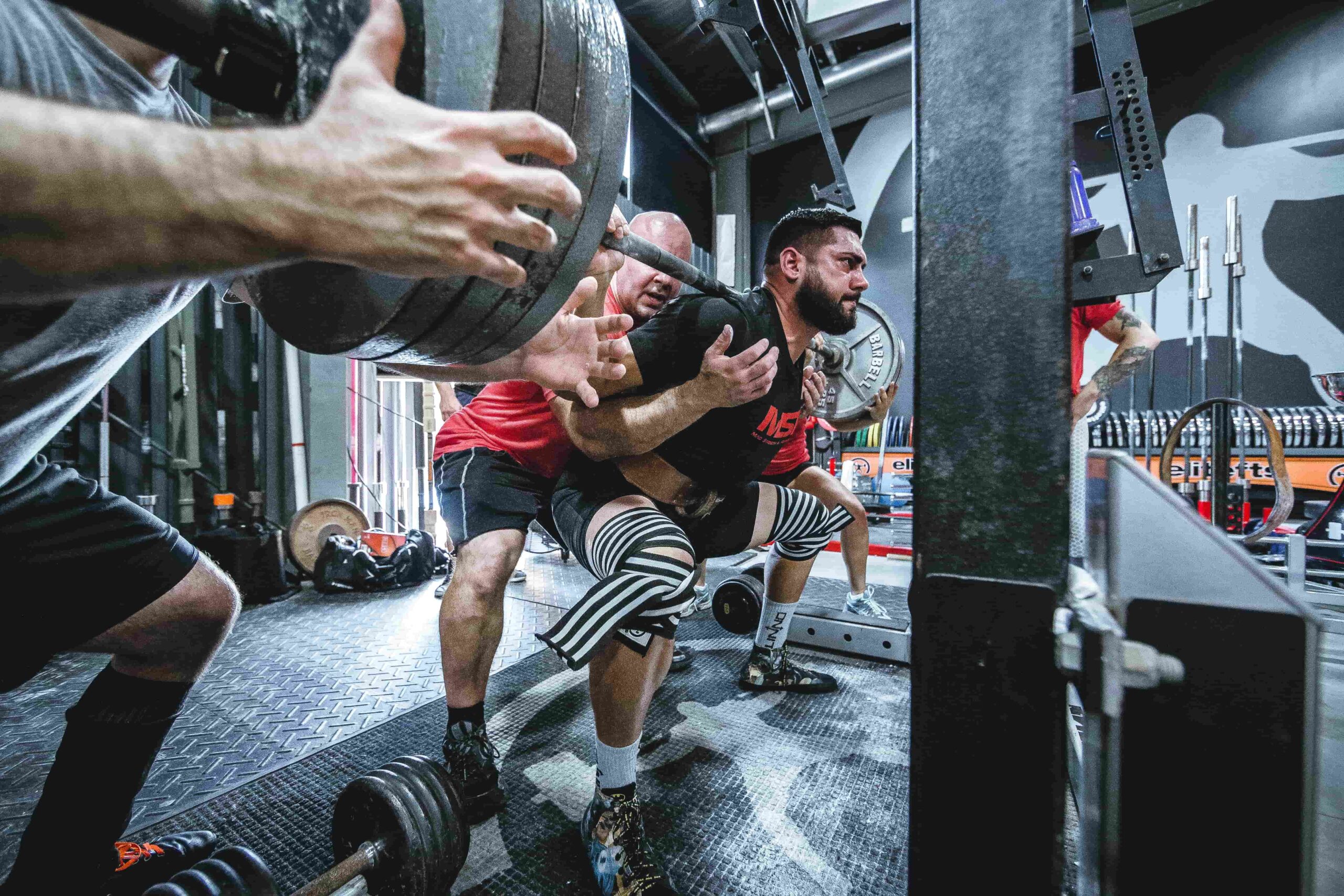
Introduction:- In the world of strength sports, few disciplines can match the raw power and intensity of powerlifting. Powerlifting, a sport that tests the limits of human strength, has grown in popularity over the years, drawing athletes from various backgrounds seeking to push their physical and mental boundaries. This article explores the world of powerlifting, its history, rules, training methods, and the incredible athletes who dominate the sport.
The Birth of Powerlifting
Powerlifting as we know it today traces its origins back to the 1950s. While strength competitions have existed for centuries, it was in the United States that powerlifting as a formal sport began to take shape. In 1964, the first-ever official powerlifting meet was held in York, Pennsylvania, marking the beginning of organized competition in the sport.
Powerlifting consists of three main lifts: the squat, the bench press, and the deadlift. These lifts are designed to test an athlete’s maximal strength and power across different muscle groups, making powerlifting a comprehensive test of full-body strength.
The Three Lifts
-
The Squat: The squat is the first of the three powerlifting movements. In this lift, an athlete places a loaded barbell across their shoulders and lowers their body until their thighs are parallel to the ground or lower, depending on the federation’s rules. The lifter then stands back up, demonstrating their leg and back strength. Proper form, depth, and control are essential in the squat, and judges closely evaluate each lift.
-
The Bench Press: The bench press is the second lift in powerlifting. Athletes lie flat on their backs on a bench and press a loaded barbell upward, locking out their elbows to complete the lift. This movement primarily tests upper body strength, particularly in the chest, shoulders, and triceps. Like the squat, the bench press demands strict adherence to technique, including a pause at the chest and a controlled lockout.
-
The Deadlift: The deadlift is the final lift in powerlifting and arguably the most mentally challenging. In this movement, athletes lift a loaded barbell from the ground to a fully upright position, standing tall with their shoulders back and hips locked out. The deadlift engages the entire posterior chain, including the lower back, glutes, and hamstrings. Athletes must also maintain proper form throughout the lift, avoiding rounding the back or using any hitching techniques.
Powerlifting Competitions
Powerlifting competitions follow a standardized format, typically conducted under the rules and regulations of established federations such as the International Powerlifting Federation (IPF), the World Powerlifting Congress (WPC), and the United States Powerlifting Association (USPA), among others. Competitors aim to lift the heaviest weight possible for each of the three lifts within three attempts.
A powerlifting meet is divided into weight classes and age categories to ensure fair competition. Athletes compete against others in their weight class and age group, with the ultimate goal of setting personal records or breaking world records. Lifts are judged by a panel of officials who closely examine the lifts for adherence to form and rules.
The Scoring System
Each successful lift is awarded a “good lift,” and the heaviest successful lift in each of the three movements is added together to determine an athlete’s total. The athlete with the highest total in their respective weight class and age category is declared the winner.
Powerlifting is not just about brute strength; it also requires strategy and mental resilience. Athletes must decide on their attempt weights and sequence wisely, aiming to maximize their total while conserving energy. Attempting a lift that is too heavy can result in failure, wasted energy, and potential injuries.
Training for Powerlifting
Powerlifting training is a rigorous and disciplined endeavor. Athletes must follow a well-structured program that focuses on developing strength, power, and technique in the squat, bench press, and deadlift. Key elements of powerlifting training include:
-
Progressive Overload: Lifters gradually increase the weight they lift over time to stimulate muscle growth and strength gains.
-
Specificity: Training focuses on the three main lifts, using variations and accessory exercises to target weak points.
-
Periodization: Training is organized into cycles, with phases dedicated to building strength, peaking for competition, and recovery.
-
Technique: Proper form is paramount, and athletes work on perfecting their lifting technique to maximize efficiency and safety.
-
Nutrition and Recovery: Nutrition plays a critical role in powerlifting, with a focus on maintaining or cutting weight to compete in specific weight classes. Adequate sleep and recovery are essential for muscle repair and growth.
Powerlifting legends such as Ed Coan, who held numerous world records, and current stars like Hafthor Bjornsson, known for his role as “The Mountain” in Game of Thrones, have set the standard for the dedication and hard work required to succeed in the sport.
Women in Powerlifting
Powerlifting is not limited to men; women have made remarkable strides in the sport. The inclusion of women’s divisions has opened doors for female athletes to compete on the same stage as their male counterparts. World-class female powerlifters like Larysa Soloviova and Kimberly Walford have achieved remarkable success and shattered records in their respective weight classes.
The growth of women’s powerlifting has also spurred interest in the sport among female athletes, inspiring a new generation to take up the challenge of becoming strong and powerful competitors.
Powerlifting as a Lifestyle
Beyond the competitive aspect, powerlifting has become a lifestyle for many. The commitment to strength and fitness extends beyond the competition platform, with powerlifters often embracing the sport as a lifelong journey. The discipline, camaraderie, and personal growth that come with powerlifting are immensely rewarding.
Many powerlifters find a strong sense of community within the sport. Gyms dedicated to powerlifting are often gathering places for like-minded individuals who share a passion for heavy lifting and continuous self-improvement. The encouragement and support from fellow lifters can be a motivating force on the toughest training days.
The Mental Aspect
Powerlifting is not just a physical test; it’s a mental challenge as well. Athletes face moments of doubt and fear as they approach the barbell, especially when attempting personal records. Overcoming these mental barriers and developing the resilience to push through the discomfort is a crucial part of a powerlifter’s journey.
The thrill of setting new personal records, hitting competition goals, and celebrating victories makes the mental fortitude developed in powerlifting all the more rewarding. Many lifters find that the lessons learned on the platform transcend into other areas of life, instilling discipline, determination, and the belief that they can overcome any obstacle.
Discover the inspiring journey and achievements of a remarkable sports player Yuvraj Singh and Kapil Dev, an embodiment of talent, dedication, and excellence in athletics
Conclusion
Powerlifting is a sport that celebrates strength in its purest form. It has evolved from humble beginnings to become a global phenomenon, attracting athletes from all walks of life. With its rich history, structured competitions, and the relentless pursuit of strength, powerlifting is more than just a sport; it’s a way of life.
As athletes continue to break records, inspire others, and push the boundaries of what is physically possible, powerlifting remains a testament to the indomitable human spirit and our capacity for greatness. Whether you’re a seasoned lifter or just starting, powerlifting offers a journey of self-discovery, strength, and personal growth that is unparalleled in the world of sports.




